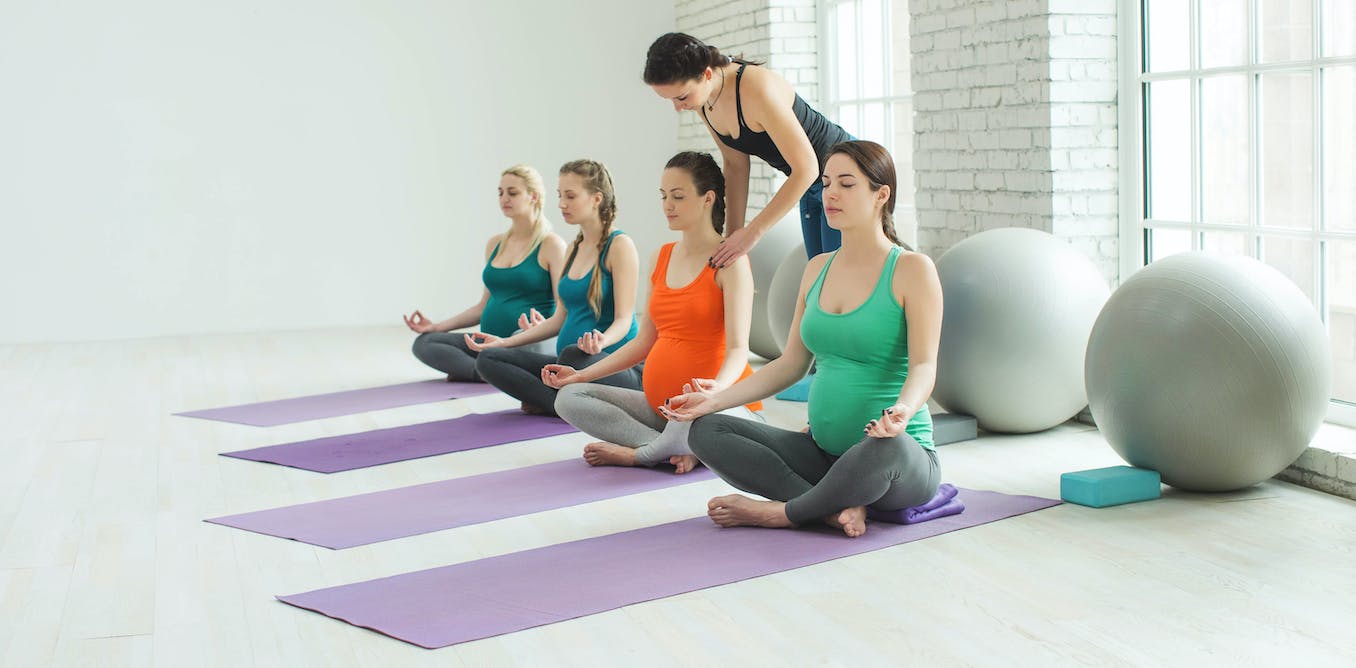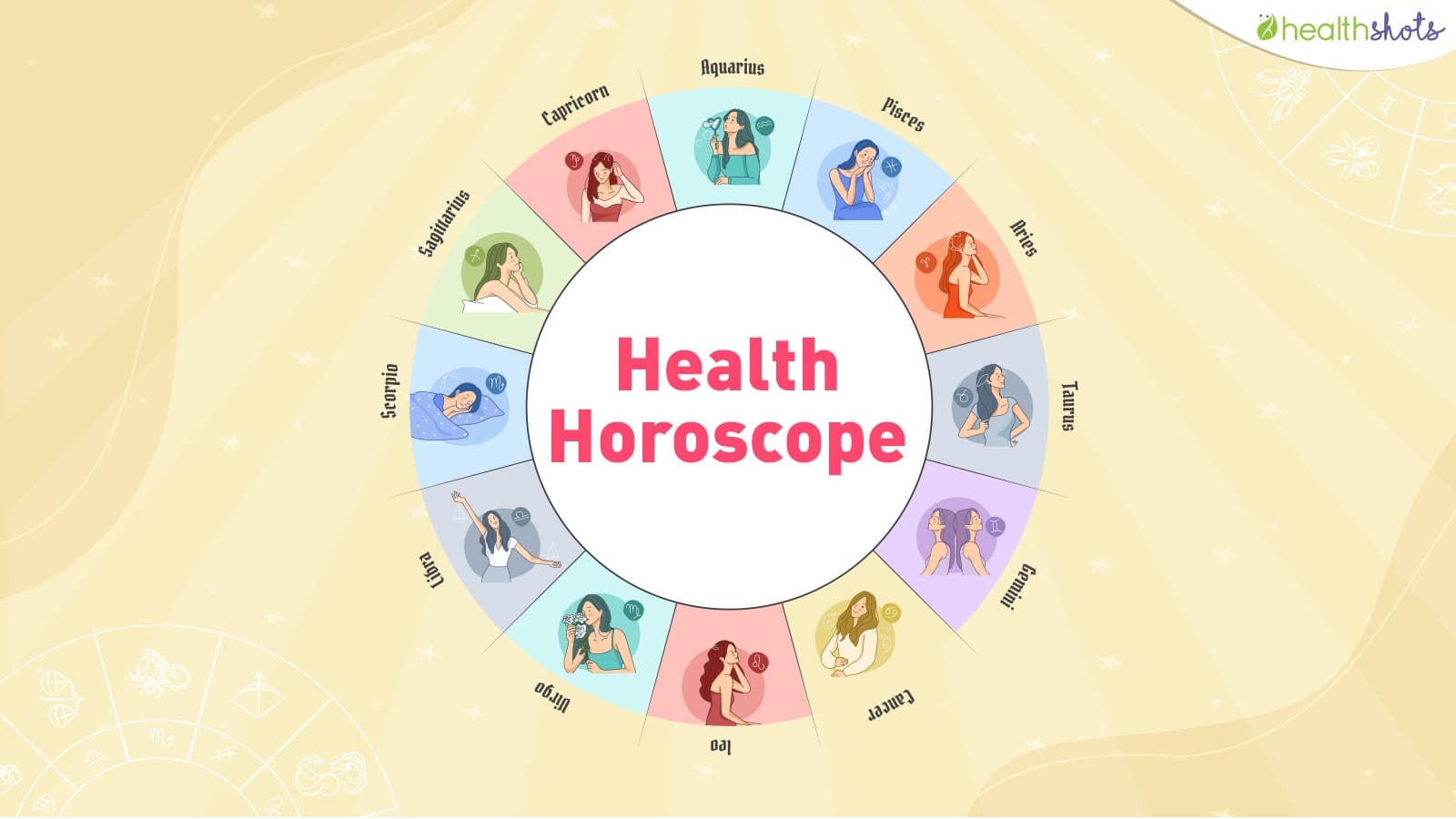While you may need to modify your exercise routine slightly during pregnancy, physical activity is safe, and in fact recommended, when you’re expecting a baby.
One option you might consider is prenatal yoga. Yoga is suitable even for women who don’t tend to do a lot of exercise.
Yoga is an ancient practice from India involving movement, meditation and breathing techniques to promote mental and physical wellbeing. There’s a growing body of research on the benefits of yoga during pregnancy.
This article is part of Quarter Life, a series about issues affecting those of us in our twenties and thirties. From the challenges of beginning a career and taking care of our mental health, to the excitement of starting a family, adopting a pet or just making friends as an adult. The articles in this series explore the questions and bring answers as we navigate this turbulent period of life.
You may be interested in:
I’ve spent years studying happiness – here’s what actually makes for a happier life
Long COVID: a range of diets are said to help manage symptoms – here’s what the evidence tells us
Men’s fertility also declines with age — here’s what to know if you’re planning to wait to have kids
Prenatal yoga is safe for mother and baby when practised under guidance from a certified instructor, and is suitable for both low- and high-risk pregnancies. Here are six reasons you should include prenatal yoga in your pregnancy routine.
1. Mental health
Are you anxious about your pregnancy? Does thinking of childbirth give rise to a sense of fear? If so, you’re not alone. It’s estimated that one in five pregnant and postpartum women experience some form of anxiety.
High levels of stress and anxiety during pregnancy can increase the risk of preterm birth, longer labour, and the need for interventions including induction, sedation and caesarean section.
Yoga can help reduce anxiety and stress levels. Even a single session of prenatal yoga has been found to reduce anxiety around childbirth in low-risk mothers. And for pregnant women with diagnosed depression, yoga has been shown to reduce depressive symptoms and anxiety.
Many mothers also worry about whether they will be able to bond with their babies. By improving mental wellbeing and building a greater sense of connection with the body, yoga has been shown to increase a mother’s feeling of attachment to her unborn child.
2. Help with aches and pains
It’s common for pregnant women to have pain around the pelvic area (lower back, hips and thighs). One study found a short course of ten yoga sessions reduced overall pain in this area.
Other research has shown prenatal yoga helps reduce a variety of pregnancy discomforts including varicose veins and ankle swelling.
3. Blood pressure control
Pregnancy-induced hypertension (high blood pressure) can be dangerous. In particular, it can lead to a complication called preeclampsia, which can be life-threatening for both mother and baby.
For pregnant women with high blood pressure, practising yoga has been shown to bring it down. Likewise, prenatal yoga has been found to reduce incidences of preeclampsia.
4. Reducing blood sugar
Some women develop gestational diabetes during pregnancy, which is when their body doesn’t produce enough insulin, the hormone that controls blood sugar.
For mothers with this condition, prenatal yoga, along with dietary changes, can help reduce blood sugar levels. Even regular yoga practice for seven to ten days has been shown to reduce blood sugar levels in patients with gestational diabetes.
Well-controlled blood sugar levels can help prevent further complications that can arise with gestational diabetes such as preterm birth, having a large baby, the baby developing jaundice, and stillbirth.

shurkin_son/Shutterstock
5. Improving sleep
Almost half of pregnant women experience some level of sleep disturbance, and sleep quality gets worse in the third trimester. Women who sleep less during pregnancy have higher incidences of anxiety.
A key part of prenatal yoga is pranayama, or breathing exercises, which are believed to help improve quality of sleep.
6. Strength and confidence
After attending yoga classes, women have reported feelings of strength and confidence. Increased confidence and physical competence may enable women to remain calmer and help them take greater control during labour.
Yoga has been shown to be associated with reduced pain during labour and shorter duration of labour.
Read more:
Yoga in the workplace can reduce back pain and sickness absence
While research shows prenatal yoga is beneficial and safe, there are only a limited number of studies investigating each benefit, and they have small sample sizes. It would be good to see larger studies on this topic.
That said, if you’re pregnant, prenatal yoga is a worthwhile investment you can make in your physical and mental health.
Choosing the right class
Looking for a class may be confusing as there are several types of yoga. The forms most suited to pregnancy are Hatha yoga, which is slower paced, or Iyengar yoga, which uses props for support.
You can find providers through a quick internet search or on directories such as Mumbler in the UK. You may have a choice between private and group classes. In a group class, you’ll have a chance to meet other pregnant mothers – an added bonus. A private session offers a tailored approach and individual attention from the instructor.
If you’re a beginner, attending virtual classes isn’t recommended as there will be no one to check your posture and help you avoid injuries.
If you’re enquiring about a group session, check if it’s a mixed class or only prenatal. It’s always better to choose a prenatal session. Also, ask for your instructor’s credentials in prenatal yoga. It’s a different certification from general yoga.
In your first class, the instructor will ask you about any injuries or pregnancy complications so they can give you modifications if needed. At any point, if you feel dizzy or in pain, stop and tell your instructor. They can support and guide you.
Most importantly, remember to enjoy the experience. The physical and psychological benefits will follow.




